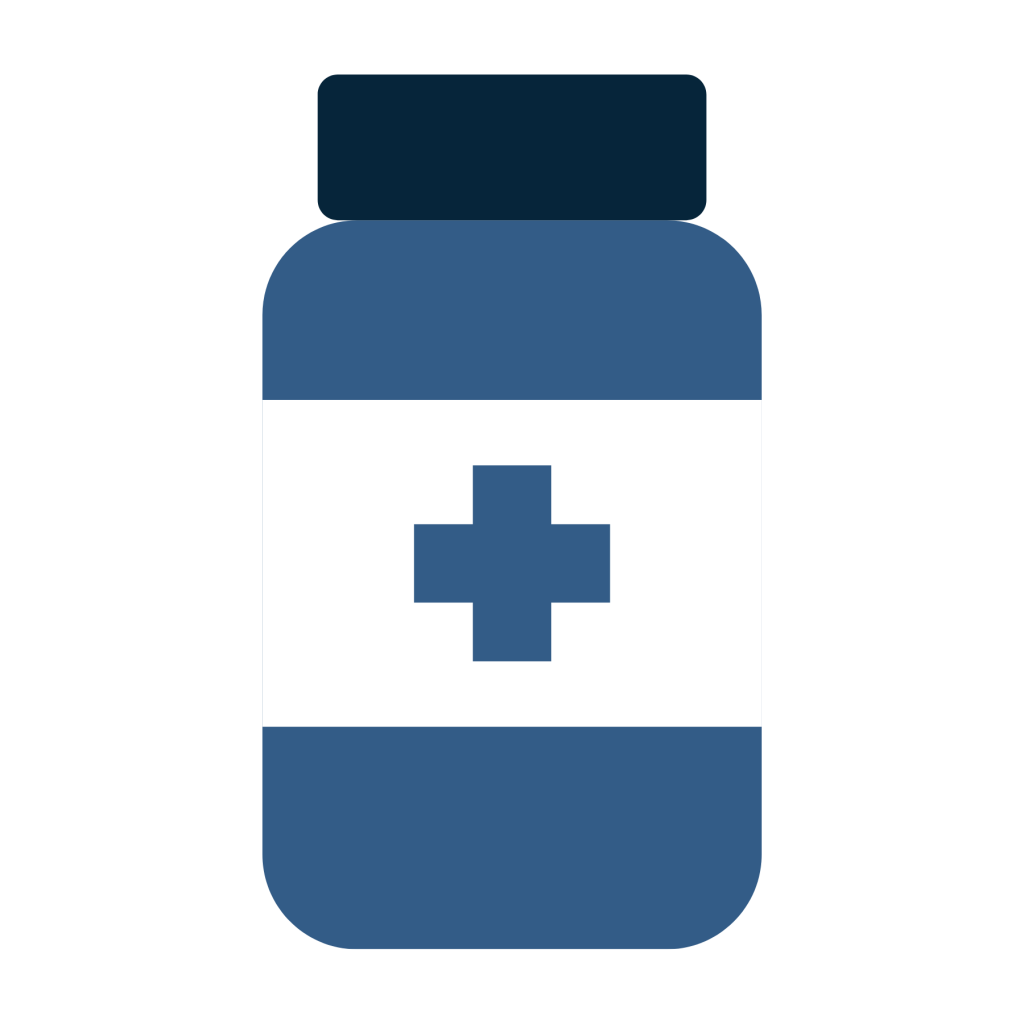Why is the drug epidemic happening?
The rate of overdose deaths in Maine is among the highest in the county. Along with the rest of the nation, the state’s opioid crisis began in the late 1990s when companies marketed pharmaceutical drugs as safe and non-addictive. With this information, providers increasingly prescribed these medications. Once these drugs were identified as highly addictive, restrictions on prescribing were put into effect creating a spike in demand for illicit substances that often were less expensive such as heroin and recently fentanyl and fentanyl analogs.
Governor Mills’ response to the drug epidemic:
Executive Order 2: An Order to Implement Immediate Responses to Maine’s Opioid Epidemic: February 6, 2019, the governor outlined 25 actions to be taken by the State of Maine to reduce overdose deaths, expand treatment and recovery efforts, focus on drug misuse prevention, and curtail stigma.
Maine Opioid Response Strategic Action Plan: The Strategic Action Plan contains the five focus areas that provide structure to the Maine Drug Data Hub. They all work toward the goal of reducing the negative health and economic impacts of substance use disorder for Mainers and their communities.
Opioid Response Summits: The annual Opioid Response Summit—and monthly Seminar Series—bring together leaders from across the state and nation to share ideas, strategies and best practices to mitigate the substance use disorder crisis in Maine.
The OPTIONS initiative (Overdose Prevention Through Intensive Outreach, Naloxone, and Safety): This program, announced by Governor Mills in October 2020, contracts behavioral health and recovery professionals to work alongside local law enforcement, EMS, and harm reduction professionals to create and dispatch mobile response teams in every Maine county.
Recent press releases from Maine State leadership
Attorney General Aaron Frey announces agreement for distribution of opioid settlement funds 1/28/2022
Governor Mills applauds Attorney General Frey for opioid settlement funds agreement 1/28/2022
https://www.maine.gov/governor/mills/news/governor-mills-applauds-attorney-general-frey-opioid-settlement-funds-agreement-2022-01-28
Governor Mills announces $50 million from Maine Jobs & Recovery Plan to expand housing opportunities for Maine people
For more press releases visit the Maine Drug Data Hub Press Release Archive.
The OPTIONS initiative utilizes mobile response teams to engage with high risk communities and promote prevention and harm reduction strategies.
The Overdose Prevention Through Intensive Outreach, Naloxone and Safety Initiative (OPTIONS) deploys clinical and recovery specialized response teams in each of Maine’s 16 counties to engage with communities that have high rates of fatal and nonfatal drug overdoses to promote drug prevention, overdose education, and harm reduction strategies. These teams connect people in need directly to treatment and recovery services and provide the lifesaving medication naloxone for families and friends of people who use drugs.
This metric tracks the project-to-date service referrals made by OPTIONS liaisons. It also tracks the number of kits of naloxone distributed into the community through the OPTIONS initiative during each month as well as cumulatively.
This metric is an indicator of activity for the newly launched OPTIONS initiative. The data is provided by the Office of Behavioral Health and is updated monthly.
Source: Office of Behavioral Health.
OPTIONS liaisons also conduct Overdose Education and Naloxone Distribution (OEND) trainings as well as other substance misuse related trainings to educational, law enforcement, clinical, and public health institutions.
This metric tracks the project-to-date trainings and individuals trained by OPTIONS liaisons.
This metric is an indicator of activity for the newly launched OPTIONS initiative. The data is provided by the Office of Behavioral Health and is updated monthly.
Source: Office of Behavioral Health.
How is the state of Maine confronting the epidemic of substance use disorder?
The State of Maine’s annual Strategic Action Plan is designed to address the epidemic of substance use disorder (SUD) with evidence-based strategies that are targeted and tailored for maximum impact in Maine. Since Executive Order 2, issued two years ago, the Mills administration has taken the following steps:
- Purchased and distributed 59,782 doses of naloxone through public health and harm reduction organizations (through December 2020), resulting in 1,231 opioid overdose reversals during 2020.
- Recruited and trained 534 recovery coaches.
- Provided Medication Assisted Treatment (MAT) to over 500 inmates within the Department of Corrections, while they were incarcerated or linked to community providers upon release.
- Provided MAT to over 250 individuals with a diagnosis of SUD in county jails.
- Supported 22 emergency departments in standing up low barrier MAT through which over 500 patients received their first dose of medication in the hospital.
- Increased the prescribing of buprenorphine for MAT by 43% in the past three years.
- Increased the number of recovery residences from 101 to 120 in two years.
- Increased Syringe Access Program sites from 7 to 12.
- Increased Recovery Centers from 9 to 13 locations.
- Enhanced prevention efforts, including the Department of Education making available to every school in Maine a pre-K through grade 12 social and emotional learning curriculum know as SEL4ME.
- Served 295 individuals in Maine’s Adult Drug Courts, Co-Occuring Court and Veterans Courts in 2019, and increase of 11.3% over the previous year.
Drug overdose data in Maine is collected and released every month.
Please note, during 2022 there has been pandemic related delays in toxicology and substance testing. Monthly reporting will resume and July 2022 and potential delays will be communicated on the Maine Drug Data Hub Homepage.
Fatal Drug Overdoses in Maine May 2022
The monthly overdose report, funded jointly by the Maine Office of the Attorney General and the Office of Behavioral Health, provides an overview of statistics regarding suspected and confirmed fatal and nonfatal drug overdoses in Maine during each month. Data for the report is collected at the Office of Chief Medical Examiner and as part of the Maine Naloxone Distribution Initiative. Year-to-date numbers will be updated with each new monthly report, as cases are finalized, and their overdose status is confirmed or ruled out. The totals are expected to shift as this evolution occurs. In addition, due to the smaller sample size in any given month, totals are expected to fluctuate due to the effects of random variation.
In Maine, overdose deaths have been steadily increasing.
In Maine, drug deaths have been trending upwards since 2014 when the state first saw drug death toxicology reports containing non-pharmaceutical fentanyl and fentanyl analogs. Drug deaths had peaked in 2017 and began to fall in 2018. However, the COVID-19 pandemic has created instability in the drug supply, use-patterns, and the well-being of Mainers.
This metric tracks the number of Mainers experiencing drug-related overdose deaths involving all types of drugs including prescription and non-pharmaceutical opioids, stimulants, benzodiazepines, as well as other substances.
This metric is an indicator of deadly substances in the drug supply, and, with the outbreak of COVID-19, chaotic and unpredictable use patterns. Drug deaths, unless suicides, are accidents and fluctuate over time. This data is provided through a partnership between the Office of the Chief Medical Examiner and the University of Maine. It is updated quarterly. For interactive data regarding drug overdoses in Maine visit the Maine CDC Drug Overdose Morbidity and Mortality dashboard.
Fatal Drug Overdoses January – May 2022
Source: Office of the Maine Attorney General, Office of Chief Medical Examiner, Maine Drug Death Report 2020.; Office of the Maine Attorney General and the Office of Behavioral Health, Maine Cumulative Monthly Overdose Report for January through May 2022.
Potent and deadly fentanyl and fentanyl analogs are fueling the drug death crisis.
After the initial rise in drug overdose deaths in the late 1990s and early 2000s due to addictive pharmaceutical opioids, fatalities fluxtuated between 153 and 179 annually from 2002 to 2013. In 2014, a sharp increase in non-pharmaceutical fentanyl and fentanyl analogs began showing up in drug death toxicology reports fueling a new increase in fatal overdoses.
This metric is an indicator of the number of drug deaths caused by nonpharmaceutical opioids such as fentanyl and its analogs and pharmaceutical opioids. This data is provided through a partnership between the Office of the Chief Medical Examiner and the University of Maine. It is updated annually.
Drugs other than opioids, alone or in combination with other drugs and alcohol, are also contributing to the overdose deaths of Mainers.
Stimulants such as cocaine and methamphetamines and sedatives such as benzodiazepines used either alone or in combination with other drugs and alcohol are an emerging as a cause of drug-related deaths in Maine.
This metric tracks the number of drug deaths caused by stimulants and sedatives in Maine. This data is provided through a partnership between the Office of the Chief Medical Examiner and the University of Maine. It is updated annually.
The Maine Drug Data Hub increases the accessibility and transparency of substance-use disorder data regarding the State.
A key strategic focus in the State of Maine’s Opioid Response Strategic Action Plan is to maximize the collection of actionable data and evaluate the impact of interventions. The Maine Drug Data Hub increases public transparency regarding substance-use disorder in Maine. The data housed on the Hub is brought together from a variety of public health, public safety, harm reduction, prevention, and treatment organizations to promote evidence-based policy formation and program design. This metric is an indicator of the utilization of the Maine Drug Data Hub by the public, media, researchers, government officials, and policymakers. The data is provided by the University of Maine, Margaret Chase Smith Policy Center and is updated monthly.
Source: University of Maine, Rural Drug & Alcohol Program, Margaret Chase Smith Policy Center, Maine Drug Data Hub.
Navigate the Data






